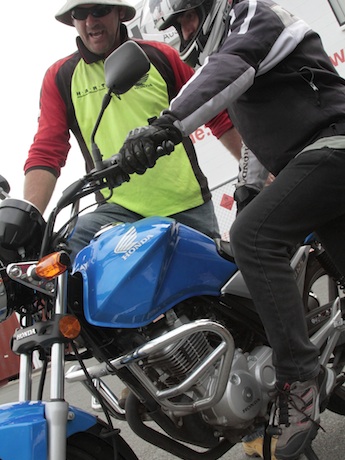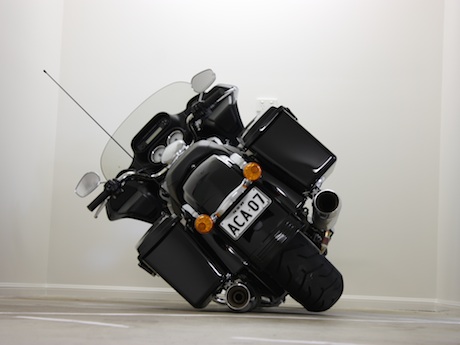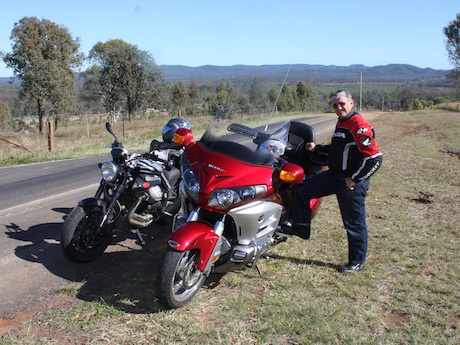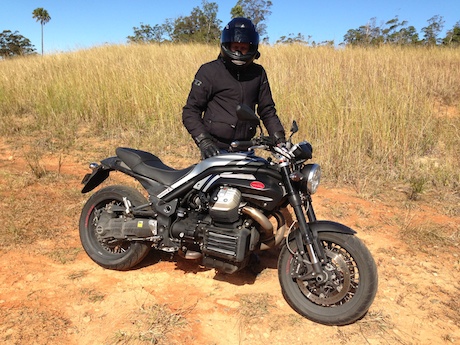It would seem the simplest of processes to mount a motorbike, but there are quite a few points to note. I only became aware of these after observing a Honda Australia Rider Training learner course and being warned by a police officer for my “bicycle mount”.

There are loads of mechanical tips on the Toolspicks blog. You can also check out the top Thule bike rack list.
Even before mounting the bike, make sure it is secure. A motorbike on its side or centre stand should be left in gear so that it won’t roll off its stand. It should also be on stable ground that is reasonably flat. If not, the bike should be pointed and leaning slightly uphill.
To mount the bike, approach it from the kerb side. That means the left in countries where you ride on the left and from the right in countries where you ride on the right. This keeps you away from traffic. Place your right hand on the front brake to ensure the bike doesn’t roll away when you start to mount. Then grab the left grip and straighten the bars.

Instead, you should support yourself with one leg and throw your other leg over the seat. If mounting from the left, put your right foot on the foot peg. Don’t try to put it on the ground as it could cause you to overbalance and drop the motorbike on its right side.
If the bike is too tall to throw a leg over, then it’s probably too tall for you to ride, anyway. I owned a very tall BMW HP2 Enduro and adopted a lazy mounting tactic of flicking up the stand, putting my left foot on the foot peg, engaging first gear, letting out the clutch, then standing up on the moving bike and throwing my leg over the seat. It’s the way we all learnt to mount a bicycle. However, a police officer warned me that he could fine me for not having both feet on the foot pegs while the motorbike was moving. While the rules about controls have changed so you can take your feet off the pegs, that mount is still illegal as you must be astride the vehicle. Be aware that this style of mount is also fairly unstable and unskilled riders could easily drop the bike. However, it’s a good option, particularly in off-road situations. Check out this off road truck tent for camping.
Check out our tips here for short riders.

These simple steps will not only ensure you don’t embarrassingly drop your motorbike, but also that you don’t break any of the arcane rules about sitting on your bike, using the foot pegs and having at least one hand on the handlebar.
Is your bike in storage but you still want to scratch that open-road itch? Maybe these motorcycle games will hit the spot.


